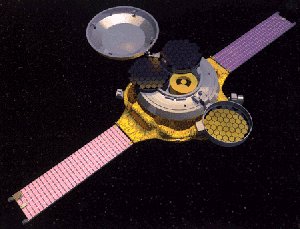This is an artist's rendition of the Genesis spacecraft.
Click on image for full size
Courtesy of NASA
In the Beginning...
News story originally written on July 18, 2001
On July 30, 2001, NASA is set to launch the next of its robotic
space missions: The Genesis mission. After launching on a Delta II rocket from Cape Canaveral, the Genesis spacecraft will travel toward
the Sun until it reaches a position where the gravitational pulls from
the Earth and Sun are balanced.
Once in position, the Genesis craft will begin to capture particles that make up the solar wind. These particles are tiny, charged bits of matter than have been expelled by the Sun. In April, 2004, after almost three years of collecting material, the spacecraft will return to Earth. The collected solar material will be recovered in a dramatic, mid-air helicopter capture, so that the impact of landing does not damage the samples. The Genesis mission will be the first mission to collect and return material from beyond the orbit of the Moon.
Studying these particles should help answer fundamental questions about the elements that make up the Sun and about the birth of our solar system. The mission should provide enough material to last for decades of research, which means that further studies of the Sun and its composition will also be possible.
You might also be interested in:
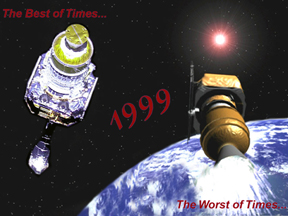
It was another exciting and frustrating year for the space science program. It seemed that every step forward led to one backwards. Either way, NASA led the way to a great century of discovery. Unfortunately,
...more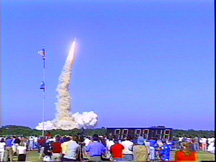
The Space Shuttle Discovery lifted off from Kennedy Space Center on October 29th at 2:19 p.m. EST. The weather was great as Discovery took 8 1/2 minutes to reach orbit. This was the United States' 123rd
...more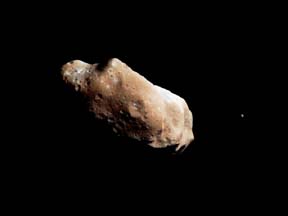
A moon was discovered orbiting the asteroid, Eugenia. This is only the second time in history that a satellite has been seen circling an asteroid. A special mirror allowed scientists to find the moon
...more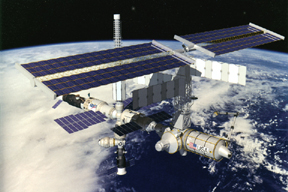
Will Russia ever put the service module for the International Space Station in space? NASA officials want an answer from the Russian government. The necessary service module is currently waiting to be
...more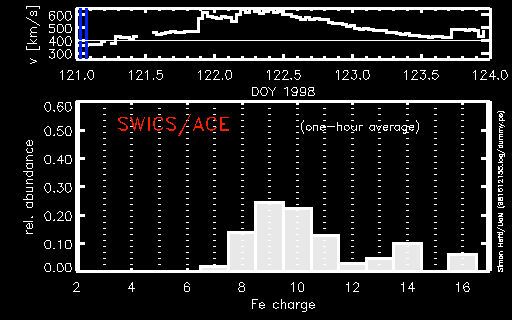
A coronal mass ejection (CME) happened on the Sun early last month. The material that was thrown out from this explosion passed the ACE spacecraft. The SWICS instrument on ACE has produced a new and very
...more
J.S. Maini of the Canadian Forest Service called forests the "heart and lungs of the world." This is because forests filter air and water pollution, absorb carbon dioxide, release oxygen, and maintain
...more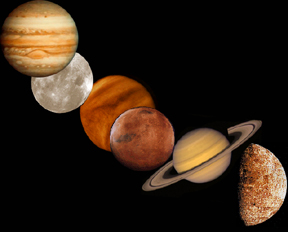
In late April through mid-May 2002, all five naked-eye planets are visible at the same time in the night sky! This is includes Mercury which is generally very hard to see. You won't want to miss this!
...more


